When it comes to the world of wines, few debates ignite as much passion and curiosity as the distinction between a Super Tuscan and a Cabernet Sauvignon. Both revered for their bold flavors and ability to captivate palates, these two wine styles have distinct characteristics that set them apart. While Cabernet Sauvignon hails from Bordeaux, France,
Super Tuscans are an Italian creation born out of rebellion against traditional winemaking regulations. Exploring the nuances of each, we unravel the complexities behind these beloved wines, delving into their origins, grape varieties used, winemaking techniques employed, and ultimately uncovering what makes them so uniquely delightful in our glasses.
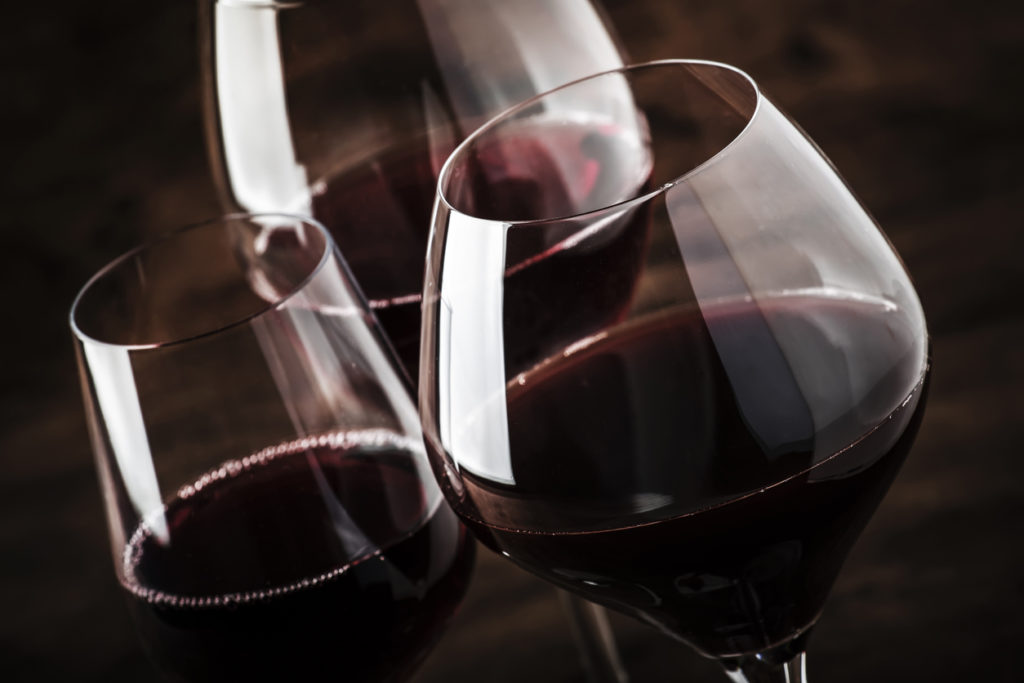
Understanding Super Tuscan Wine
Super Tuscan wines are a coveted category of Italian wines that have gained immense popularity over the years. Unlike traditional Tuscan wines, which adhere to strict winemaking regulations set by DOC (Denominazione di Origine Controllata) and DOCG (Denominazione di Origine Controllata e Garantita), super Tuscans defy these conventions and push the boundaries of creativity and quality. They often blend native Tuscan grapes such as Sangiovese with international grape varieties like Cabernet Sauvignon or Merlot, resulting in bold and unique flavor profiles.
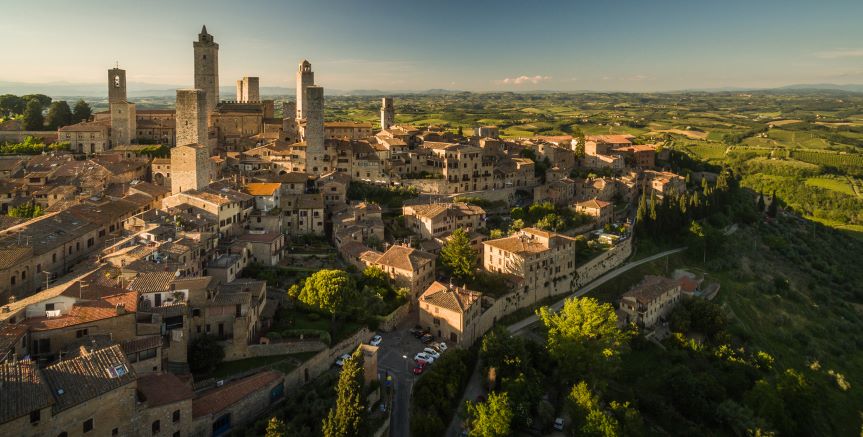
One of the pioneers of super Tuscan wines is Sassicaia, which introduced this rebellious style in the 1960s. By focusing on high-quality cultivation techniques and barrique aging rather than adhering to restrictive wine classifications, these winemakers were able to create exceptional wines that attracted attention from across the globe. The success of Sassicaia paved the way for other producers who began experimenting with non-traditional grape varieties and innovative winemaking methods.
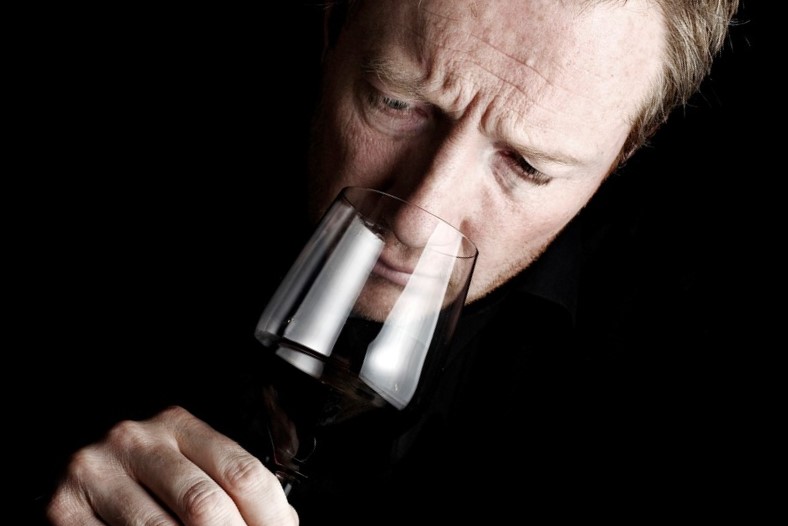
Although some critics initially dismissed super Tuscans as foreign or non-traditional, their phenomenal rise in popularity has proven otherwise. These wines have carved a niche for themselves by offering rich, concentrated flavors coupled with elegance and finesse. Super Tuscans continue to challenge conventional notions about what makes a great Italian wine while captivating wine enthusiasts worldwide with their audacious character and distinctive taste profiles.
Understanding Cabernet Sauvignon
Cabernet Sauvignon is a red grape variety that has achieved worldwide recognition for its bold flavors and aging potential. Hailing from Bordeaux, France, this robust varietal is now grown in many wine regions around the globe. It produces wines with deep purple hues and rich aromas of blackcurrants, blackberries, and sometimes even hints of green pepper.

One interesting aspect of Cabernet Sauvignon is its ability to showcase terroir like few other grapes. The same varietal can take on entirely different characteristics depending on where it was grown. For instance, a Cabernet Sauvignon from Napa Valley might exhibit ripe fruit flavors with smooth tannins, while one from Coonawarra in Australia could display eucalyptus notes with firm structure.

What sets Cabernet Sauvignon apart is its remarkable aging potential. This grape can develop complex flavors and mellow down harsh tannins over time spent in oak barrels or bottles. Aged versions often reveal notes of cedarwood, tobacco, and leather alongside their primary fruit characteristics, making them a delight for enthusiasts seeking layers of complexity in their wines. Whether you enjoy it young or relish the pleasure of aged vintages, Cabernet Sauvignon offers a captivating experience for wine lovers around the world.
Similarities of Super Tuscan Wines and Cabernet Sauvignon
Super Tuscan wines and cabernet sauvignon may seem like two completely different wine styles, but upon closer inspection, there are striking similarities that make them worth exploring. One of the key similarities between these two is the rich structure and full-bodied nature they possess. Both types of wine often exhibit strong tannins and high acidity levels, ensuring a solid backbone that can withstand aging.
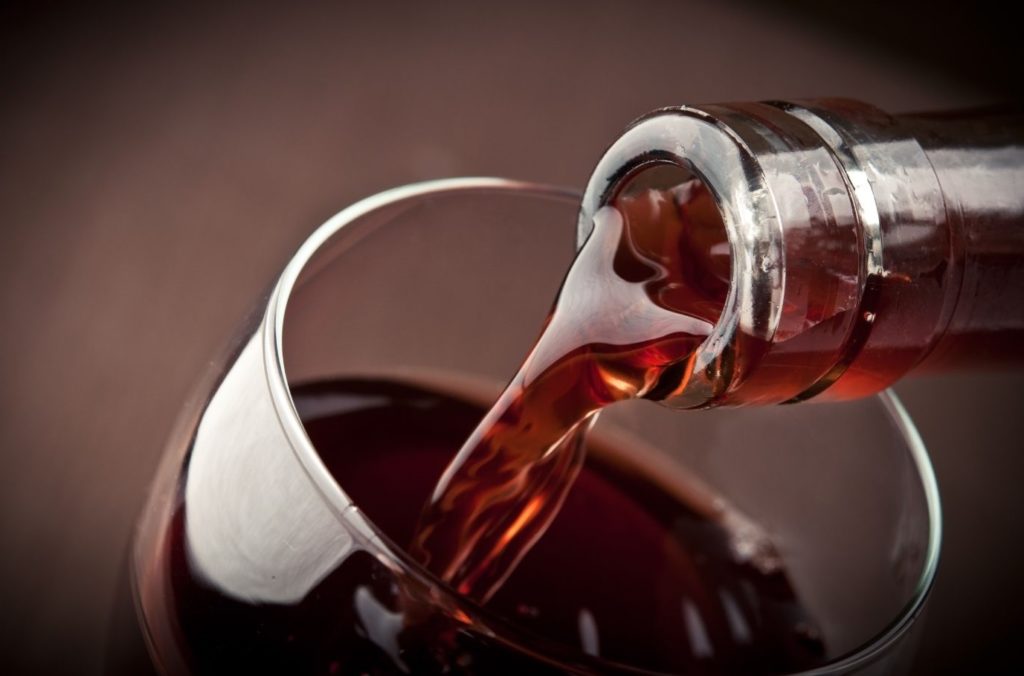
Another shared characteristic is their ability to showcase intense fruit flavors. Cabernet sauvignon is known for its dark fruits like blackberry and blackcurrant, while super Tuscan wines often feature ripe cherry and plum notes. This common element allows both types of wine to deliver a powerful burst of flavor on the palate.

Additionally, both super Tuscans and cabernet sauvignon have demonstrated a remarkable aging potential. They are built to evolve over time, with complex secondary aromas developing as they mature in the bottle. However, it’s important to note that while cabernet sauvignon has traditionally been associated with long aging periods, many super Tuscan wines are crafted for more immediate enjoyment.
Which one is sweeter cabernet sauvignon or super tuscans?
Super Tuscan wines and Cabernet Sauvignon are both renowned for their rich flavors and full-bodied profiles. However, when it comes to sweetness, the two differ significantly. Super Tuscan wines are not typically sweeter than Cabernet Sauvignon; in fact, they often tend to be drier.
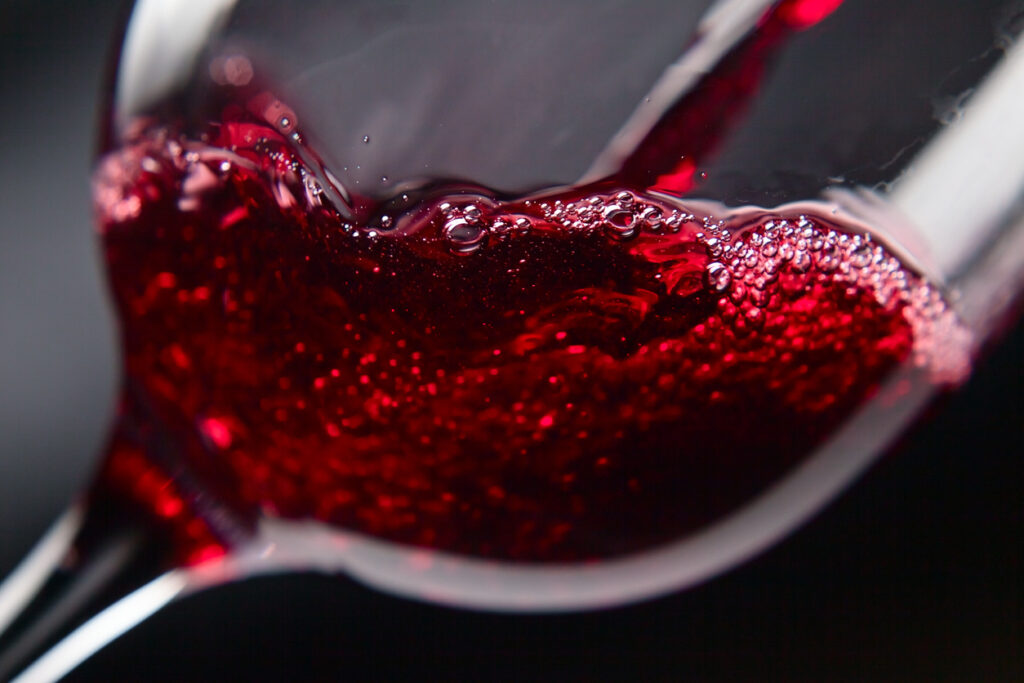
The reason for this lies in the grapes used to make these wines. Super Tuscans, which originated in Italy’s Tuscany region, typically blend Sangiovese with international grape varieties like Merlot or Cabernet Sauvignon itself. The addition of these grapes brings more structure and complexity to the wine but does not add sweetness.
On the other hand, Cabernet Sauvignon is often described as having a fruity richness that can border on sweetness due to its high tannin levels and blackcurrant notes. This characteristic is attributed solely to the grape itself and amplifies when aged in oak barrels.

In conclusion, while both Super Tuscan wines and Cabernet Sauvignon offer bold flavor profiles, Super Tuscans regularly lean towards a drier taste compared to the potential fruit-driven sweetness found in many cabernets. Making these distinctions can enhance one’s appreciation of each wine style by understanding how different winemaking techniques affect their overall character. So go ahead and explore both offerings – let your palate guide you through an impressive journey!
Food Pairing
Super Tuscan wines are known for their bold and complex flavors, making them a perfect match for rich and flavorful food. With their strong tannins and vibrant acidity, Super Tuscans can handle robust dishes with ease. One classic pairing is a juicy steak or roasted lamb chops, as the full-bodied red wine balances out the rich meaty flavors.
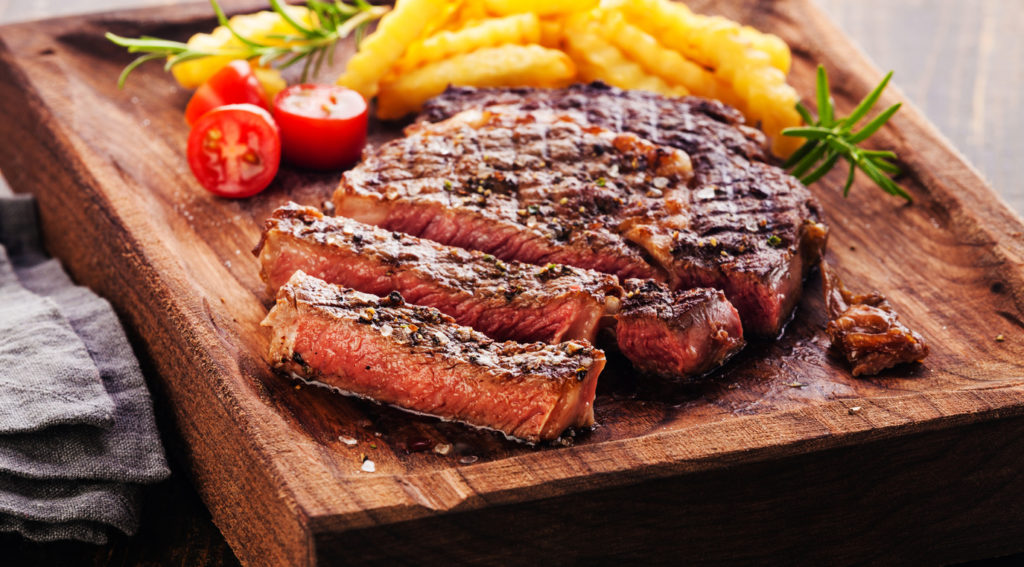
If you’re looking for a lighter option, try serving Super Tuscans alongside aged cheeses like Parmigiano-Reggiano or Pecorino Toscano. These hard cheeses have nutty undertones that complement the wine’s earthy notes wonderfully. For an Italian twist, consider pairing Super Tuscans with pasta dishes such as spaghetti Bolognese or lasagna. The wine will cut through the richness of the tomato sauce while enhancing its savory components.
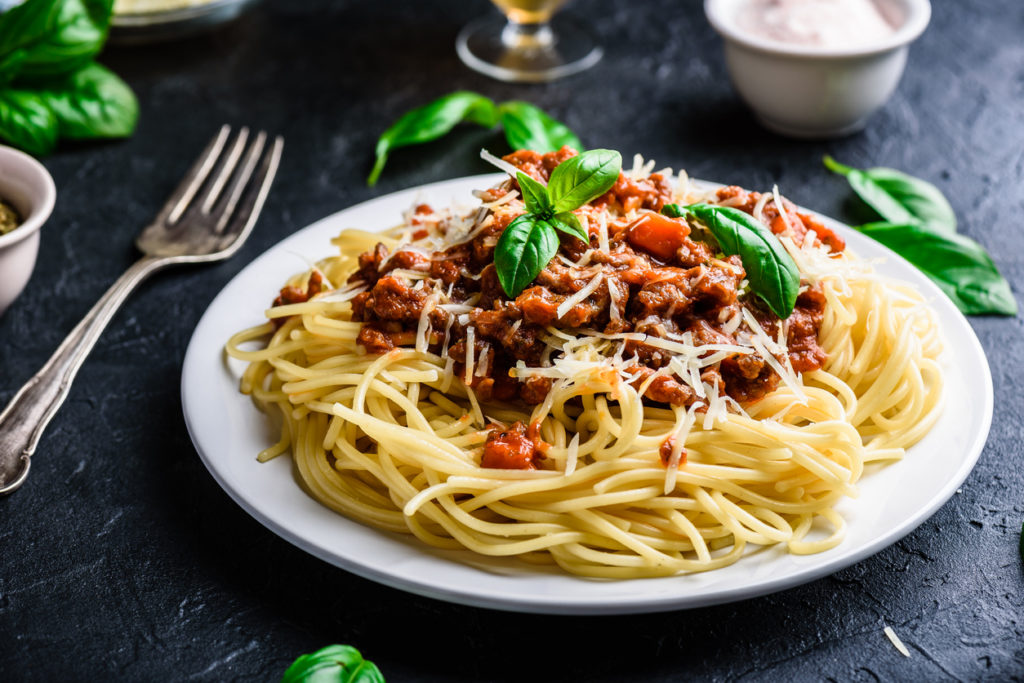
Cabernet Sauvignon is a powerful red wine that demands bold and rich flavors to complement its own intensity. When it comes to food pairings, there are a few standout options that effortlessly enhance the taste and depth of this popular varietal. One interesting choice is a grilled ribeye steak, seasoned with herbs like rosemary and thyme. The robust flavors of the steak and the charred edges perfectly match the full-bodied nature of Cabernet Sauvignon, amplifying each other’s richness on the palate.

For those who prefer something slightly lighter but equally delicious, consider pairing Cabernet Sauvignon with dark chocolate. The bittersweet notes of chocolate bring out the fruity undertones in this wine, creating a harmonious balance between sweetness and tannins. To take it up another notch, try sprinkling some sea salt on your piece of dark chocolate before taking a sip of Cabernet Sauvignon – an explosion of flavors awaits! Whether you opt for beef or dessert, these complementary pairings will surely elevate your appreciation for this iconic red wine.
Differences between Super Tuscans and Cabernet Sauvignon
Wine lovers know Super Tuscans and Cabernet Sauvignon for their bold flavors and delightful aromas. These aromas, hold distinct characteristics that set them apart. While Cabernet Sauvignon is a single varietal wine, Super Tuscans are blends. They typically combine Sangiovese with international grape varieties like Merlot or Cabernet Sauvignon itself.
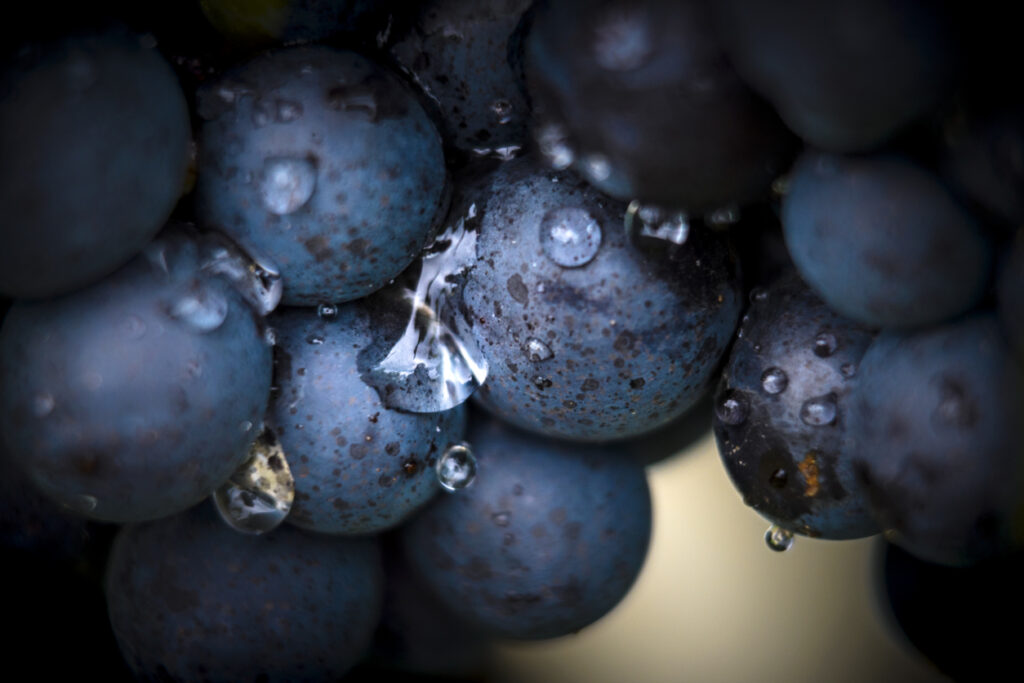
The flavor profiles of the two wines diverge as well. Cabernet Sauvignon boasts a full-bodied nature with intense black fruit flavors such as blackberry and blackcurrant. It often offers complex layers of secondary characteristics like cedar, tobacco, and vanilla from oak aging. On the other hand, Super Tuscans exhibit a more elegant palate due to the inclusion of Sangiovese grapes. They showcase ripe red cherry and plum flavors balanced by notes of herbs and spices.

In terms of aroma, Cabernet Sauvignon impresses with its powerful fragrances. The wine releases captivating scents of black fruits mingled with hints of licorice, eucalyptus, and even bell pepper in some cases. Super Tuscans charm the olfactory senses through their floral aromas combined with earthy undertones derived from Sangiovese grapes.
How to serve Super Tuscans and Cabernet Sauvignon
When it comes to serving Super Tuscans and Cabernet Sauvignon, paying attention to the temperature is essential. These bold red wines should typically be served at around 60-65 degrees Fahrenheit (15-18 degrees Celsius). While room temperature might seem like a reasonable choice, it can often be too warm,. This can dull the flavors and aromas of these wines. On the other hand, serving them too cold will make them taste more tannic and closed off. To achieve the optimal serving temperature, you can place your bottle of wine in a wine fridge or cool it in an ice bucket for a short while before pouring.

Decanting is another crucial step when serving these two types of wines. Decanting helps to open up their aromas and soften any harsh tannins that may be present. For both Super Tuscans and Cabernet Sauvignon we recommend to decant them for at least 60 minutes. However, if you have an older vintage or a particularly structured wine, you may want to decant it for a shorter period of 30-60 minutes. This process allows oxygen to interact with the wine and helps bring out its full potential. Remember that decanted wine should still be served at the appropriate temperature. It was mentioned earlier to ensure you get the most enjoyable drinking experience possible.
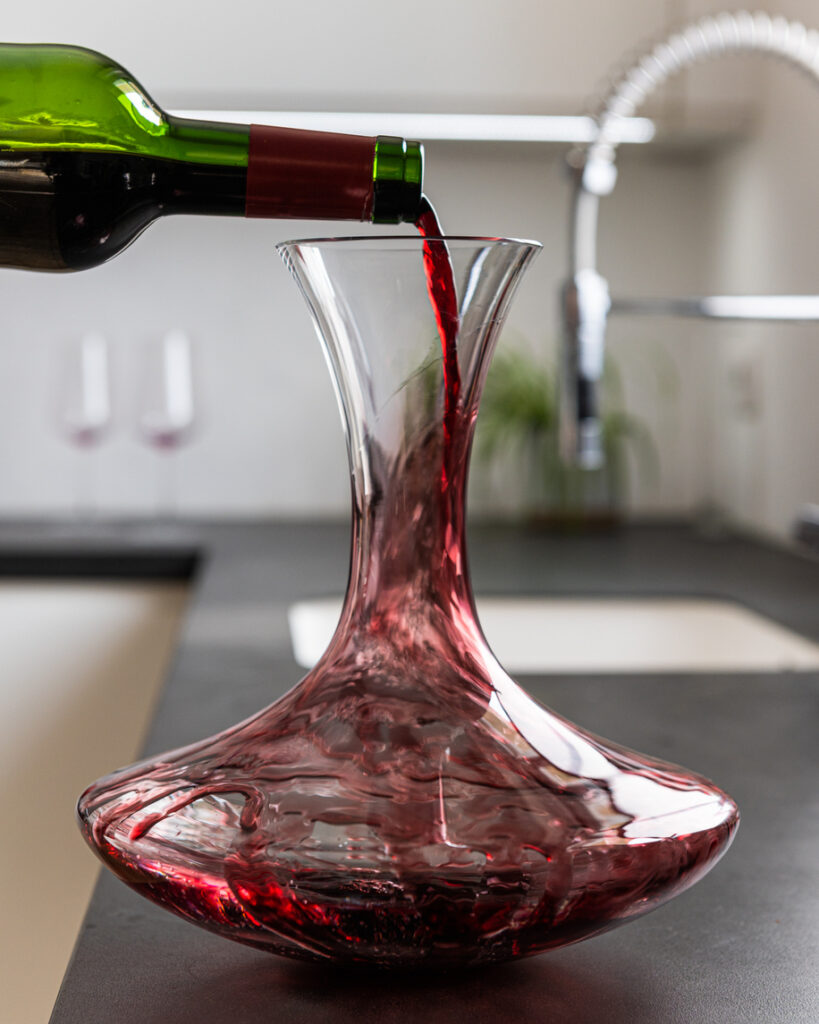
Conclusion
In conclusion, the battle between Super Tuscans and Cabernet Sauvignon is a fierce one that wine enthusiasts continue to debate. Both styles offer their own unique characteristics and appeal to different palates. Super Tuscans showcase the boldness and complexity of Italian winemaking, while Cabernet Sauvignon embodies the classic elegance of Bordeaux. Ultimately, the choice between these two exceptional wines comes down to personal preference and the occasion at hand. Whether you crave the rich flavors of a Super Tuscan or the refined structure of a Cabernet Sauvignon, both options guarantee an exquisite drinking experience. So go ahead, indulge in these exceptional wines and let your taste buds be the judge!

